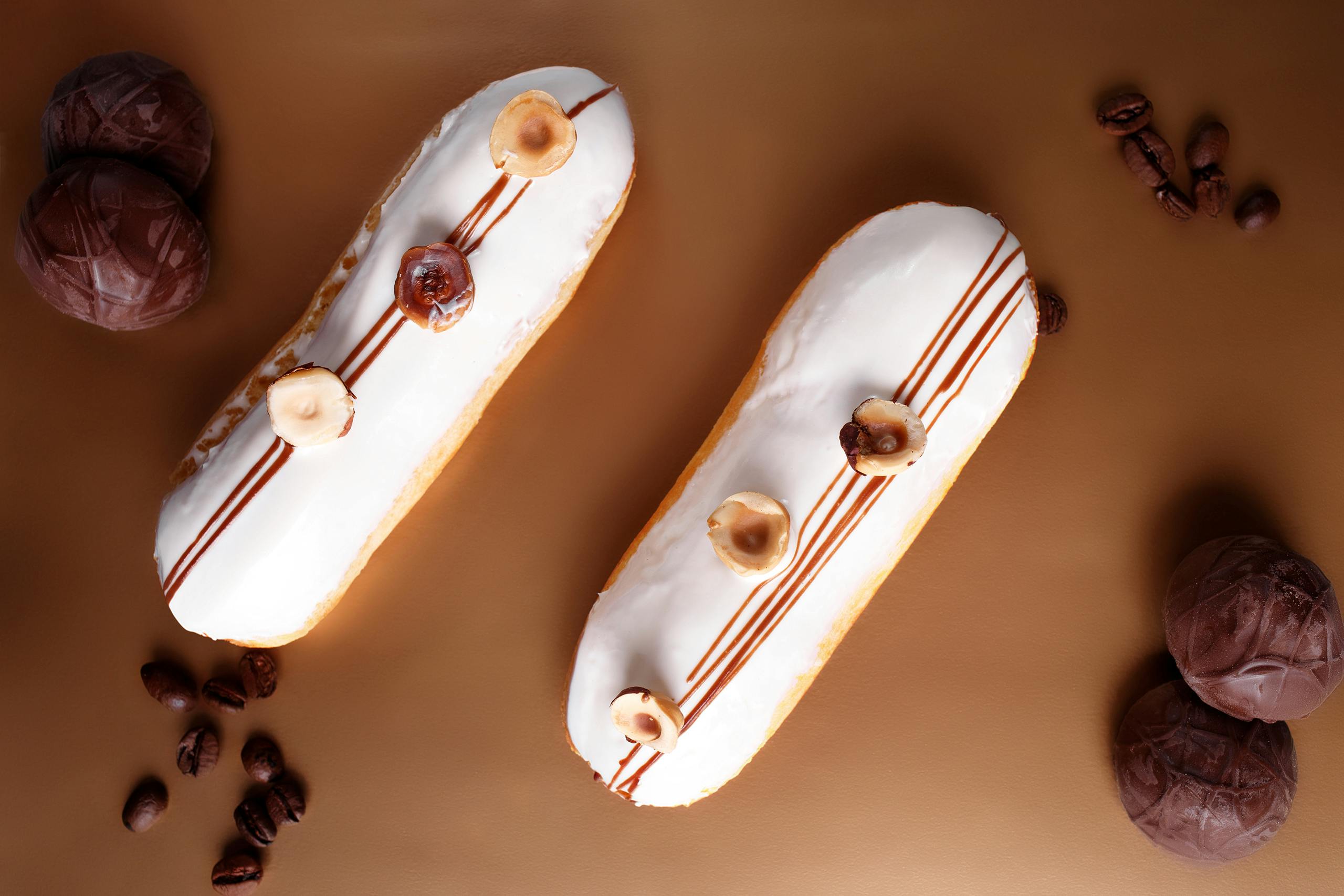
Who uses Biafine emulsion cream and why?
Biafine cream is used by a large percentage of the French and its popularity is increasing worldwide for its unique properties. Biafine’s makers claim that it has non-toxic ingredients and is therefore okay for people of all ages. It comes in the form of a cream emulsion, and its manufacturers claim that it can be used daily without adverse reactions. Therefore, almost anyone can use Biafine, except in the rare cases noted below.
Biafine users fall into a few categories
People with severe burns use Biafine in hospitals, applying up to an inch of the cream to severely burned areas and then bandaging the area with standard dressings. Bandages are changed in the usual way and often with remarkable results.
At the other end of the spectrum, users are also typical sunburn victims stretching from the French Riviera to Australia and Florida. The product is frequently featured in fashion editorials on French must-haves and in testimonials from models and jet-setting celebrities around the world.
Other users include people who have had laser peels during facials that can leave skin quite raw. Therefore, Biafine is popular with cosmetic and plastic surgery patients who treat large areas and who also want to minimize scarring from incisions, such as after breast augmentation surgery. (Perhaps another reason for its popularity among the jet-setters as well as the average crowd.)
Cancer patients make up the third distinct user group, due to Biafine’s popularity after chemotherapy. Unfortunately, the number of people seeking post-radiation burn treatments online is staggering and indicative of the overall prevalence of cancer in society.
There are studies on the efficacy of Biafine for chemotherapy patients and in 2006 the US Food and Drug Administration approved Biafine. The product has been used in France for over 25 years and can be found in most household medicine cabinets similar to products like Vaseline® in the United States. (It is available without a prescription.)
Biafine cream is a non-steroidal topical medication that is also used to treat scrapes. It has a herbal base that hydrates the skin tissue, heals the tissue and promotes antibacterial processes for less contamination.
Because Biafine is water based, it can easily penetrate the skin to hydrate the layers beneath it. Plus, it’s an emollient, which means it can soften scar tissue and dead ‘superficial’ tissue. In technical terms, Biafine augments a process called ‘autolytic debridement’, through increased recruitment of macrophages into wounds. The net result is less need for surgically removed dead tissue.
In essence, when used correctly, Biafine creates a moist environment ideal for healing superficial wounds, skin ulcers, donor sites, radiation dermatitis, first and second degree burns, minor abrasions, and one former Miss America claims she even uses it every the nights as a mask. simply by turning back the clock on wrinkles. It’s quite a broad spectrum due to its overall efficacy and safety.
Biafine cream should not be used for bleeding wounds, or skin rashes related to food allergies or drug allergies, or when a person is allergic to one of the ingredients.
Of course, Biafine should never be ingested, safe as it is, or used internally. For radiation therapy, it should not be used 4 hours or less before a treatment session. In the case of skin grafts, it should not be used until the graft has taken.
“Normal” side effects are quite limited, such as possible tingling after applying Biafine for 10-15 minutes. (This seems to be weird and harmless.)
Biafine topical use for most scenarios means applying a thick layer 25 to 5 inches thick to the area. More serious applications such as wounds, abrasions, and grafts involve cleaning the area, moistening the bandages, and letting them sit for 24-48 hours over the thick layer of Biafine.
For burns and sunburns, Biafine cream should be applied as soon as possible on and around the affected areas in the same thicknesses as described above. Without bandages, it can remain on the skin’s surface until it is no longer absorbed leaving a white waxy residue. After this, if pain persists, additional thinner coats can be applied until the pain has subsided.
In the specific case of radiation dermatitis, such as after chemotherapy, Biafine can be applied three times a day, every day of the week to the treated/affected areas, gently massaging into the areas until absorbed. Biafine can be used until the skin has fully recovered. It is recommended not to interrupt the applications during the course of radiotherapy even for one day. Again, it should not be applied 4 hours or less before a therapy session.
A detailed list of Biafine’s ingredients is as follows:
Purified water, liquid paraffin, stearic acid, ethylene glycol, paraffin wax, propylene glycol, squalane, avocado oil, trolamine/sodium alginate (an active ingredient), triethanolamine, cetyl palmitate, methylparaben (sodium salt), sorbic acid ( potassium salt), propylparaben (sodium salt) and fragrance. Biafine is non-comedogenic, as it stimulates tissue debridement, hydration and regeneration. Biafine is sold in 45 and 90 gram tubes, as well as an extra large 186 gram tube.